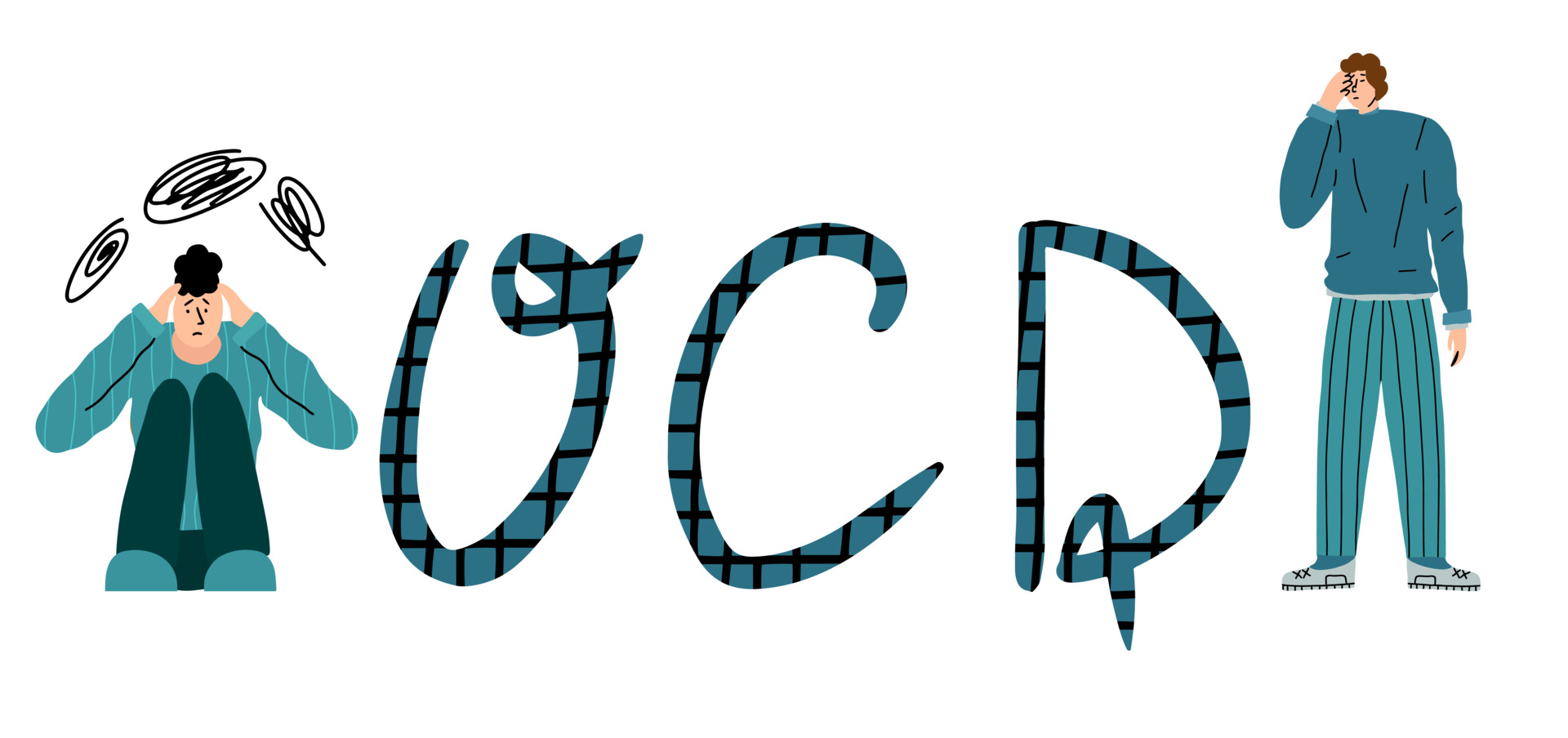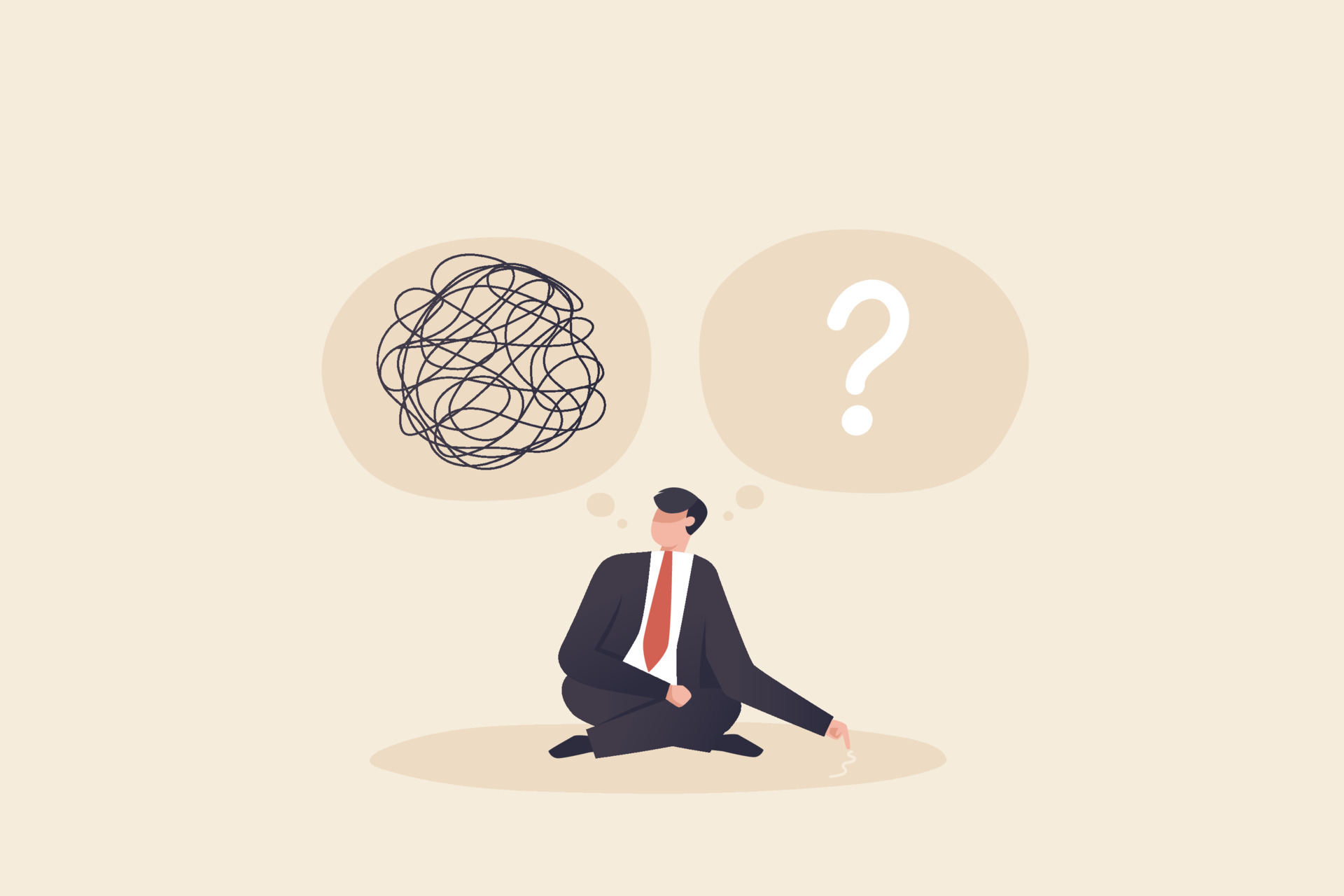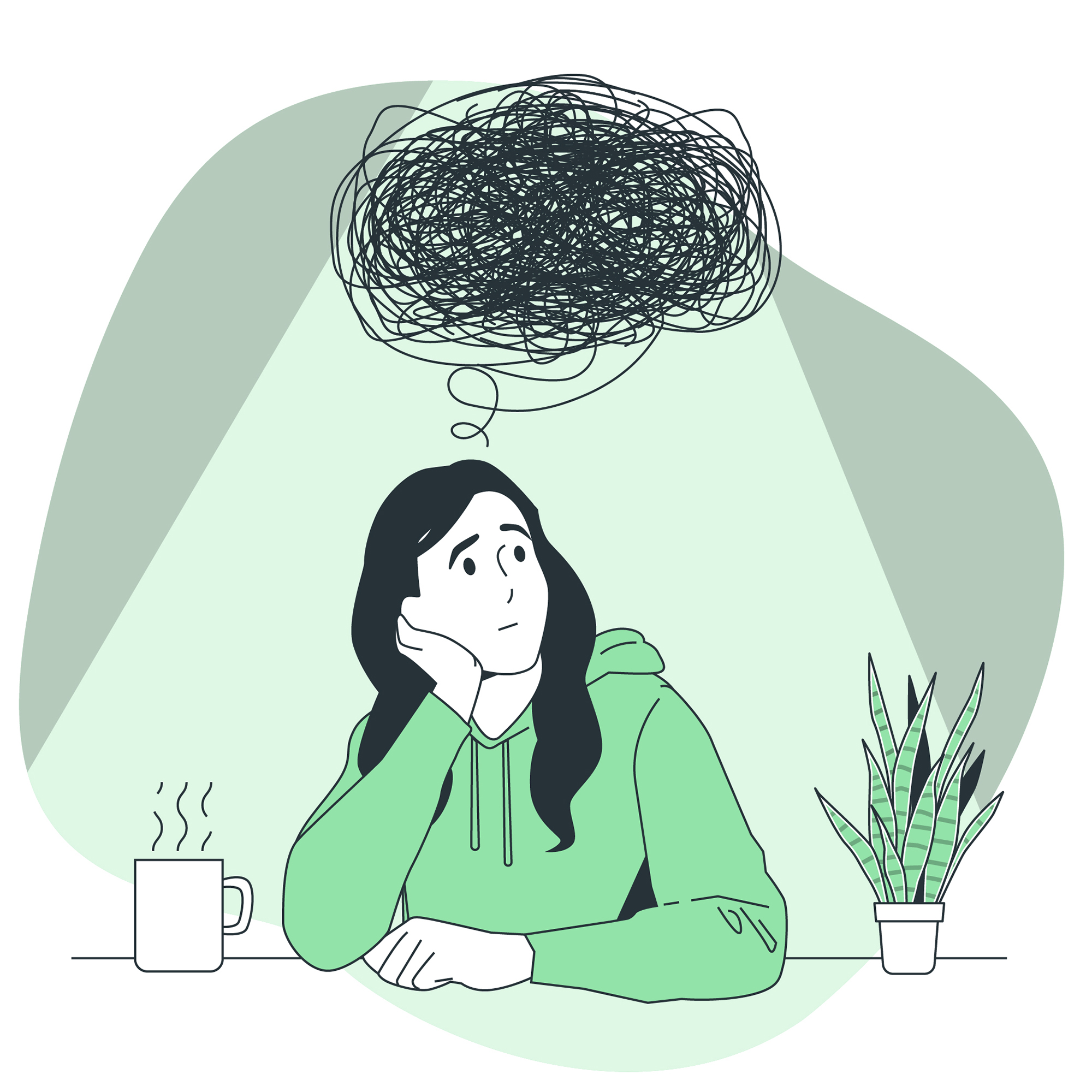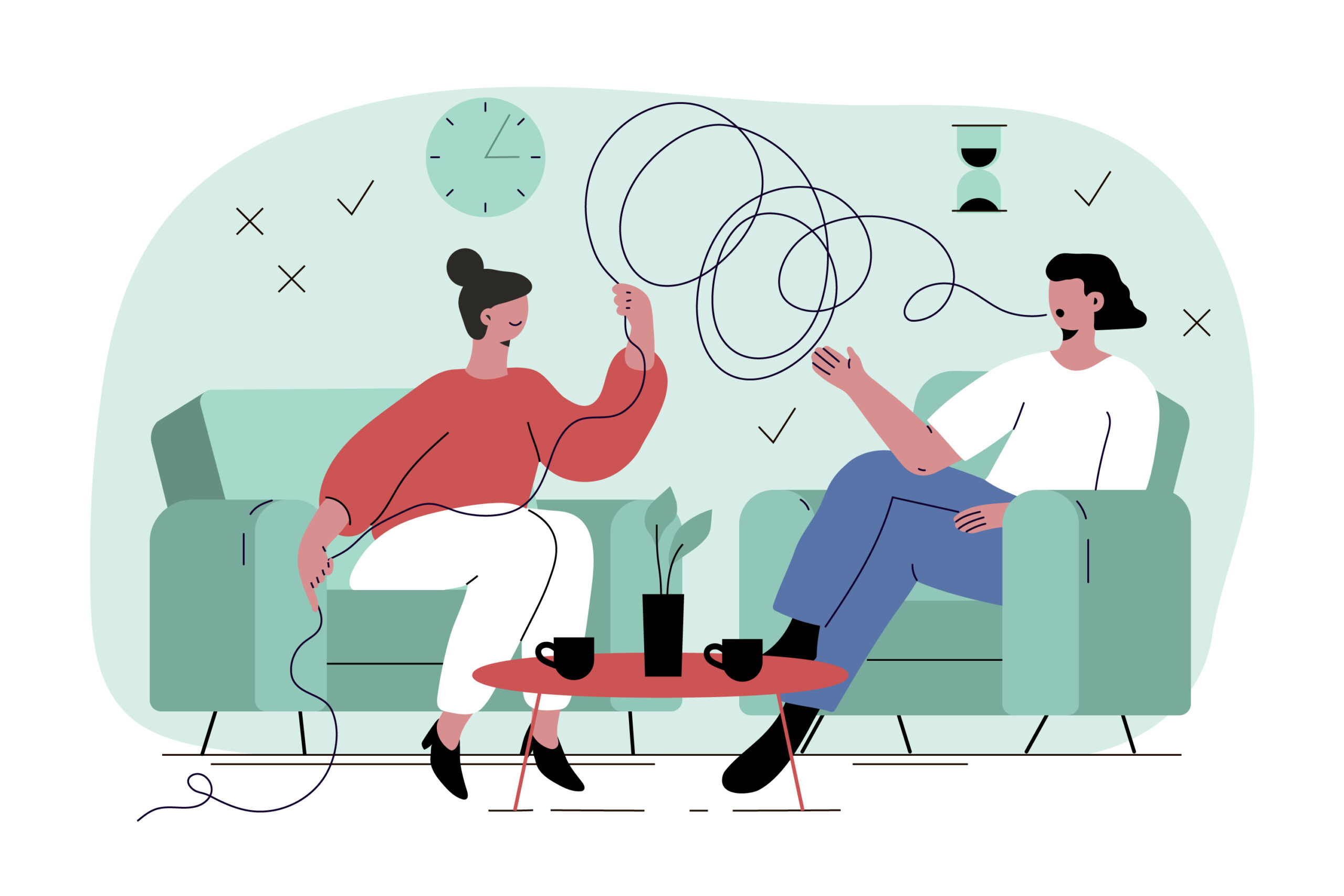 Understanding OCD and How CBT Can Help
Understanding OCD and How CBT Can Help
Have you ever had a disturbing thought pop into your mind out of nowhere – and then spent several minutes or hours worrying about what it means or why you had this thought to begin with? Maybe you find yourself checking appliances, locks, texts or emails repeatedly. Perhaps you go to great lengths to avoid certain numbers, words, or situations because they just don’t feel right. Or perhaps you seek reassurance from friends, family, or Chat GPT to see if you’re a good person. If any of this sounds familiar, you’re not alone. These are common experiences for people living with Obsessive-Compulsive Disorder (OCD).

OCD is a type of anxiety disorder characterized by recurrent distressing thoughts, images, or urges that prompt you to engage in some form of behaviour, either internal or external, to either a) neutralize the distress associated with the thought or b) prevent a perceived negative outcome from happening (APA, 2023). In the context of OCD, these are called obsessions and compulsions. Many obsessions can feel uncharacteristic of the individual experiencing them. For example, a thought might come in the form of a question like “what if I hurt my loved one?” without the individual having any desire to inflict harm upon anyone. OCD obsessions are often misaligned with the individual’s values or desires, which can be what makes them so upsetting. To reduce this distress, you may do, say, or think something to feel temporary relief. This may look like thinking an opposite thought to make the intrusive thought go away, repeating a phrase such as “I am a good person” over and over again until you feel better, or perhaps you internally ruminate about whether this thought is true or means something about you. These are all examples of compulsions that may follow the onset of an intrusive thought in the context of OCD. This cycle of experiencing intrusive thoughts and engaging in responsive behaviours on a daily basis can become exhausting, time-consuming, and overwhelming for many.

However, most of us experience intrusive or disturbing thoughts occasionally without developing OCD. What differentiates OCD-related intrusive thoughts and compulsions is the distress and day to day impairment that those living with OCD experience; for example, for someone who lives with OCD, touching a surface in a public washroom may trigger an upsetting intrusive thought that they are contaminated and will spread germs or become seriously ill. This may then prompt the urge to wash their hands repeatedly to prevent these outcomes from happening and to neutralize this discomfort brought forth by the thought. This may take numerous handwashes, spending several minutes doing this, and perhaps resulting in chapped or sore hands long term. Those living with OCD likely experience various kinds of disruptions or challenges in their day-to-day life due to their OCD.
Treatment for OCD
 The good news is OCD is treatable, and Cognitive Behavioural Therapy (CBT) – particularly a specialized approach called Exposure and Response Prevention (ERP) – is one of the most effective treatments available (National Collaborating Centre for Mental Health, 1970). ERP involves gradual exposure to the environments, images, or words that trigger your intrusive thoughts, while either delaying, interrupting, or changing the usual compulsive behaviour – with the goal of eventually eliminating the compulsion over time. Within treatment you will gain the tools to understand your OCD cycle, learn your specific triggers and compulsions, and gradually build tolerance to distressing thoughts without engaging in your typical responsive behaviours. Practicing ERP generates new learning and evidence to disprove OCD’s predictions of negative outcomes happening when you do not complete your compulsive behaviours as usual. Through repeated exposure practice, you will also likely develop a greater sense of confidence in yourself and your capabilities with regards to preventing compulsions and tolerating distress associated with intrusive thoughts. This process of gradual exposure and response prevention is done collaboratively and at your pace, with the support of a trained therapist experienced in OCD treatment. By engaging in this process, you can break the OCD cycle and get back to living your life.
The good news is OCD is treatable, and Cognitive Behavioural Therapy (CBT) – particularly a specialized approach called Exposure and Response Prevention (ERP) – is one of the most effective treatments available (National Collaborating Centre for Mental Health, 1970). ERP involves gradual exposure to the environments, images, or words that trigger your intrusive thoughts, while either delaying, interrupting, or changing the usual compulsive behaviour – with the goal of eventually eliminating the compulsion over time. Within treatment you will gain the tools to understand your OCD cycle, learn your specific triggers and compulsions, and gradually build tolerance to distressing thoughts without engaging in your typical responsive behaviours. Practicing ERP generates new learning and evidence to disprove OCD’s predictions of negative outcomes happening when you do not complete your compulsive behaviours as usual. Through repeated exposure practice, you will also likely develop a greater sense of confidence in yourself and your capabilities with regards to preventing compulsions and tolerating distress associated with intrusive thoughts. This process of gradual exposure and response prevention is done collaboratively and at your pace, with the support of a trained therapist experienced in OCD treatment. By engaging in this process, you can break the OCD cycle and get back to living your life.
OCD can feel incredibly debilitating and isolating. If you think you might be struggling with OCD, speak to your primary care provider or a therapist experienced in the assessment and treatment of OCD for help.
Author: Emma Mewhiney, M.Sc.
References:
- American Psychological Association [APA]. (2023). Apa Dictionary of Psychology. American Psychological Association. https://dictionary.apa.org/obsessive-compulsive-disorder
- National Collaborating Centre for Mental Health (UK). (1970, January 1). Psychological interventions. Obsessive-Compulsive Disorder: Core Interventions in the Treatment of Obsessive-Compulsive Disorder and Body Dysmorphic Disorder. https://www.ncbi.nlm.nih.gov/books/NBK56465/